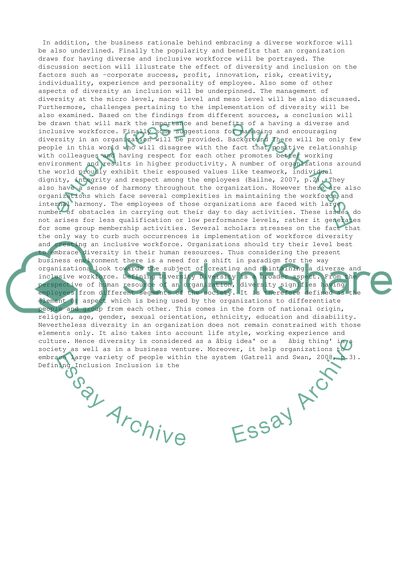Cite this document
(“Critically discuss the business case for diversity and inclusion by Essay”, n.d.)
Critically discuss the business case for diversity and inclusion by Essay. Retrieved from https://studentshare.org/business/1460250-critically-discuss-the-business-case-for-diversity
Critically discuss the business case for diversity and inclusion by Essay. Retrieved from https://studentshare.org/business/1460250-critically-discuss-the-business-case-for-diversity
(Critically Discuss the Business Case for Diversity and Inclusion by Essay)
Critically Discuss the Business Case for Diversity and Inclusion by Essay. https://studentshare.org/business/1460250-critically-discuss-the-business-case-for-diversity.
Critically Discuss the Business Case for Diversity and Inclusion by Essay. https://studentshare.org/business/1460250-critically-discuss-the-business-case-for-diversity.
“Critically Discuss the Business Case for Diversity and Inclusion by Essay”, n.d. https://studentshare.org/business/1460250-critically-discuss-the-business-case-for-diversity.


